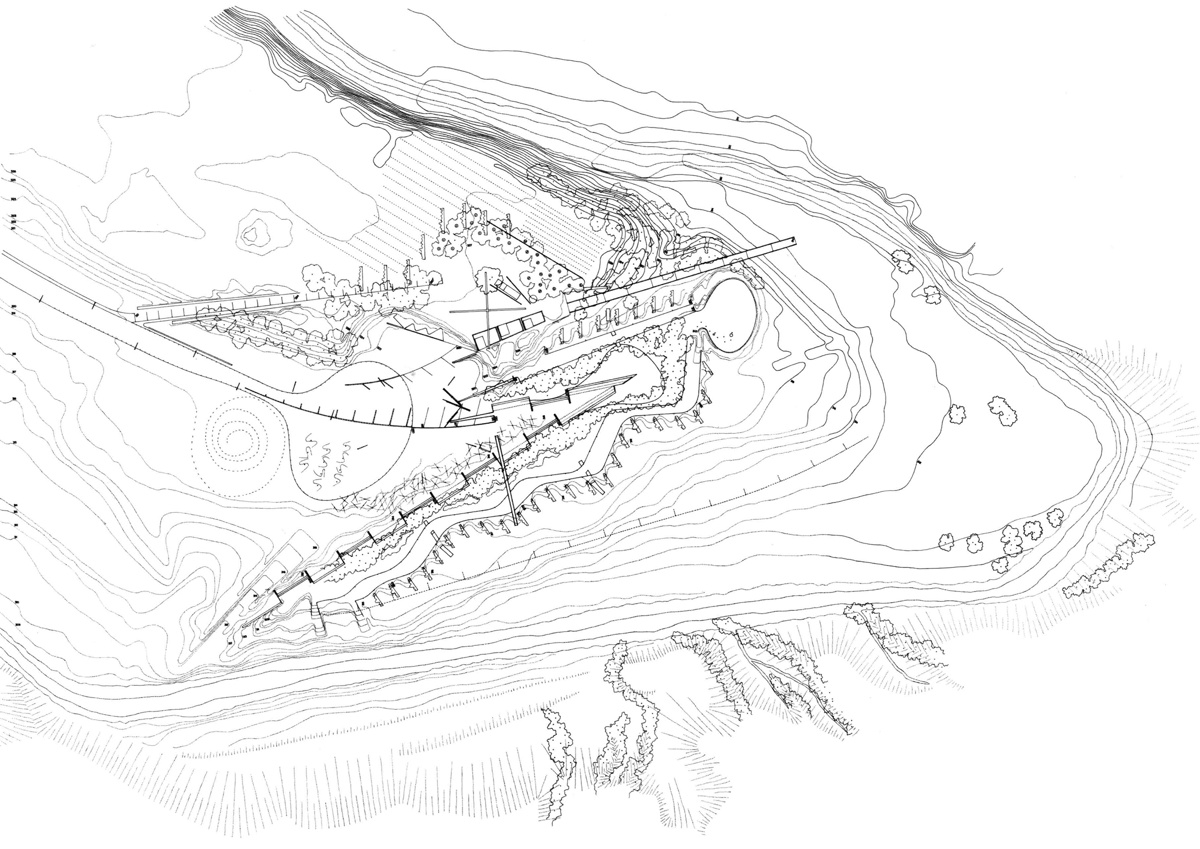Loading...
Itinerary
The 1990s is a decade of major events, spectacular architecture and colossal infrastructures. Inevitably, at the beginning, we remember the Seville Expo and the Barcelona Olympic Games, two events that drew the world's attention to Spain and served to promote urban transformations of enormous significance in which signature buildings played an emblematic role. It is impossible to select works from such a vast repertoire of extraordinary architecture, but we can visit the High Speed Railway Station 'Santa Justa' and the { Collserola Tower||0000007748} as faithful witnesses of the most lasting effects that such events would leave us: the acceleration of mobility and the expansion of communications and information as the master supports of a globalised society.
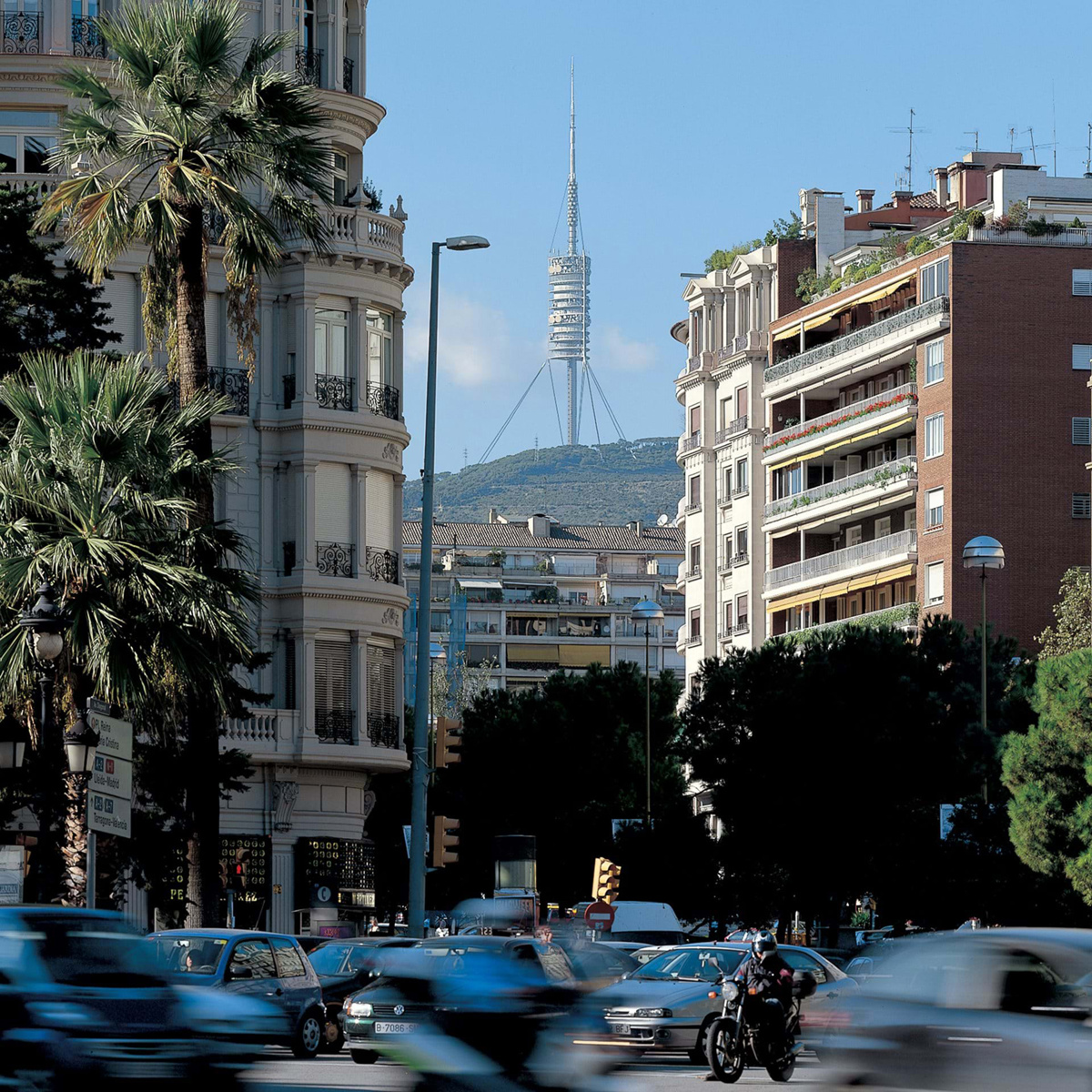
Itinerary curated by
Ministry of Transport, Mobility and Urban Agenda (MITMA)
Ministerio de Vivienda y Agenda Urbana
Means of transport
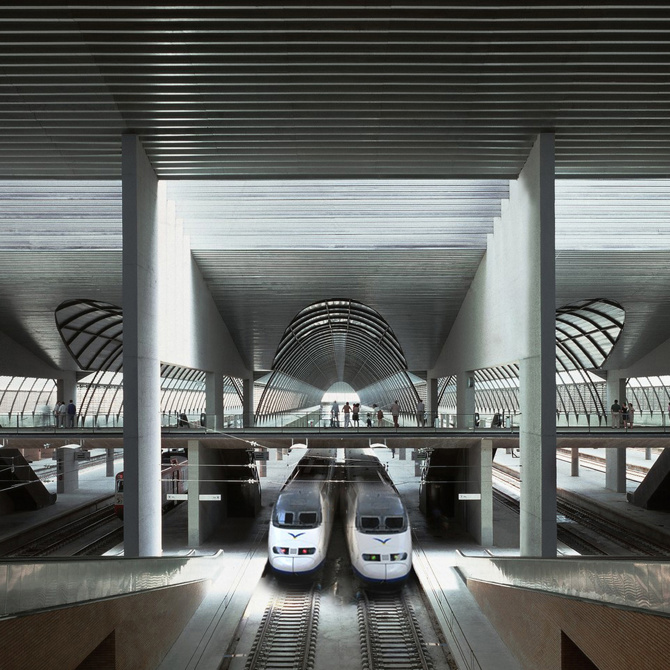
It could be said that the two works that we remember at the end of the decade condensed these same effects in their architecture. The Kursaal Auditorium and Conference Centre and, above all, the Guggenheim Museum in Bilbao were built as highly recognisable icons with the capacity to mobilise large flows of people and information. Indeed, the Bilbao museum generated its own effect: the 'Guggenheim effect', a trademark of the capacity of signature architecture to transform entire areas of a city and a symbol of reference for all those cities that, from then on, would bet on iconic buildings as an instrument of development.
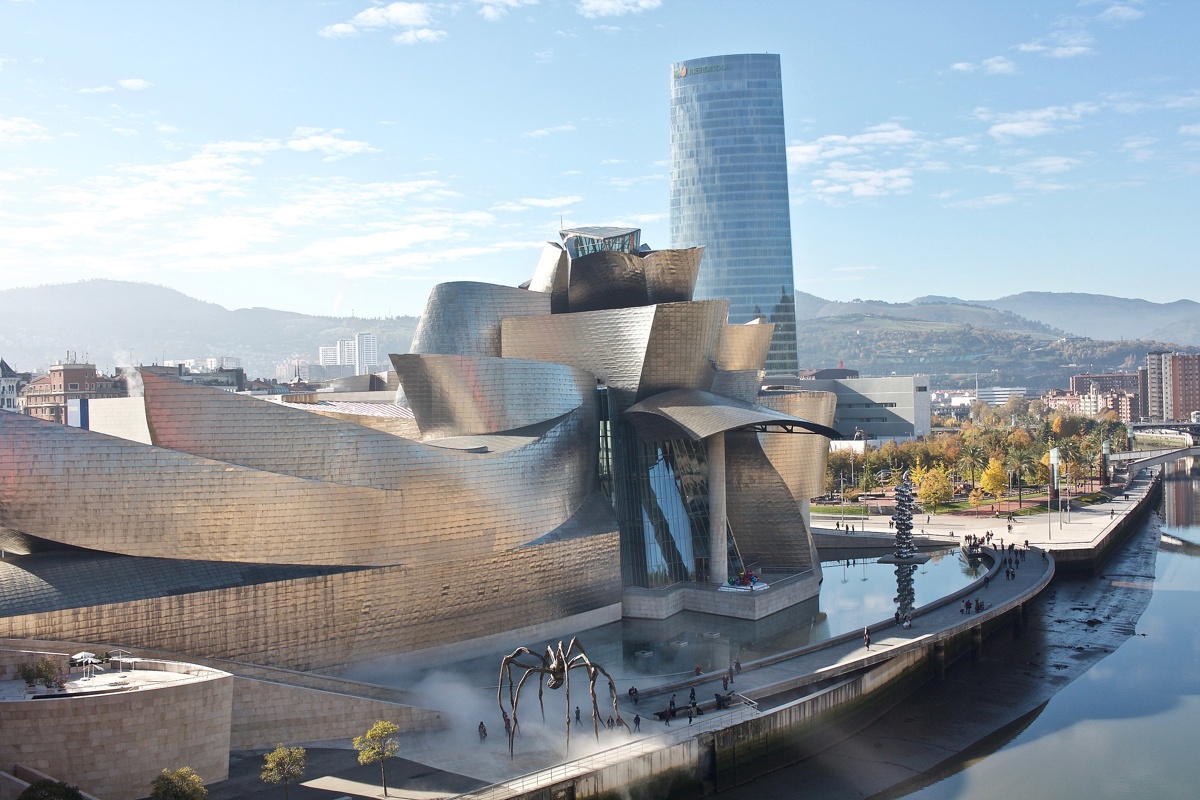
The cultural weight assumed by these spectacular architectures did not limit the promotion of other types of architecture with less symbolic impact, but rather, sheltered by economic optimism and the attention drawn by these events, signature architecture multiplied in all strata of public construction. Thus, for each pavilion and high performance centre, we will find in this decade smaller sports facilities which, like the Simancas Sports Centre or the Swimming centre in San Fernando de Henares, were built with an ambition that has nothing to envy to that of the great works built in Seville or Barcelona.
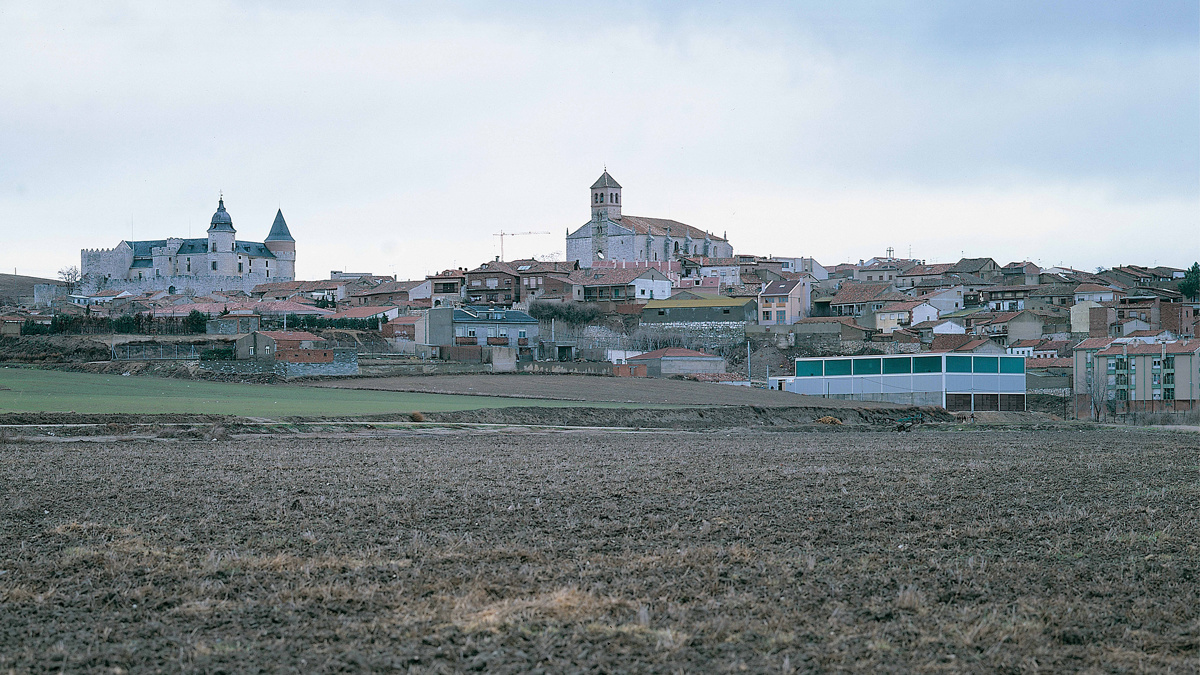
Similarly, for each of the great museums built on the Cantabrian coast, we will discover cultural facilities such as the Lakua Civic Centre, the House of Culture of Ciempozuelos. or the Provincial Museum of Archaeology and Fine Arts of Zamora which, despite their humbler resources, displayed an architecture of enormous impact in their context.
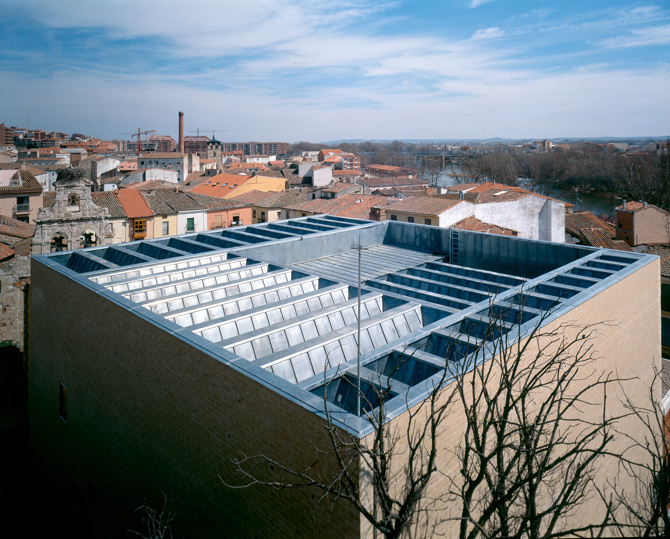
Outside the framework delimited by the built emblems of the decade, we find works whose character and interest were based, curiously enough, on invisibility and integration into the site. In this line we highlight numerous heritage interventions that were inserted in historic buildings to develop new public facilities. Works such as Pompeu Fabra University's Library Adaptation of the Water Reservoir or the Restoration of the Hospital del Rey remind us of the relevance of paying attention to the extensive historical heritage of our country, continuing with the interest in this field cultivated in the previous decade.
Typical of this decade, however, is a renewed interest in landscape and its relationship to architecture. Thus, working with public space defines many of the most prominent works of the 1990s, works that, despite their lower visibility, completely transformed the way we experience the shared areas of our cities. In this sense, the renovation of the Promenade of Gavà or the The Barcelona Botanical Garden are witnesses to a sensibility that would find its culmination in the Cemetery of Igualada, a work in which architecture and landscape merge, just as the body and the earth come together at the end of life.
